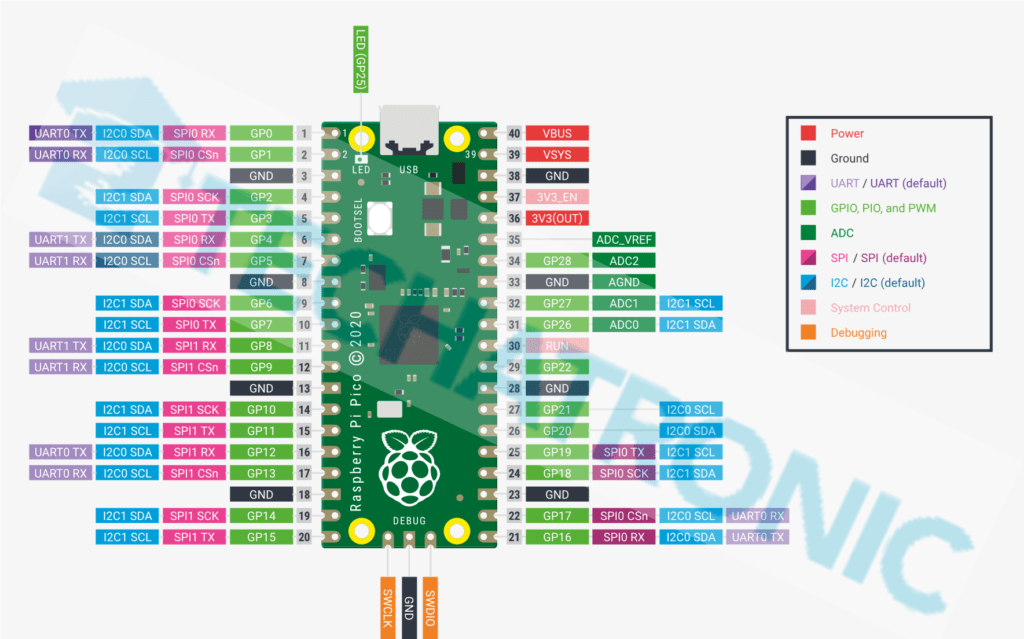

Stemma QT / Qwiic is really a bespoke breakout for I2C devices, and both Adafruit and SparkFun have a slew of compatible components such as temperature sensors, screens and capacitive inputs. But what the Pico LiPo shares with Adafruit’s and SparkFun’s boards is a Stemma QT connector (Qwiic on SparkFun boards) which makes connecting compatible devices exceptionally easy.

Pico LiPo shares the same GPIO as the Raspberry Pi Pico which means we get all the pins, unlike other boards such as Adafruit’s Feather RP2040.

Our project can be powered via the USB C interface, but should the power drop out, it switches to battery with zero downtime. The Neo6502 project aims to bring all of this into a board that will cost around $25 to $30.A great feature of the battery is that it can act as a basic UPS. The new is the RP2040, which will emulate the RAM, programmable clock, video, USB host, storage and SID player. The old is the MOS 6502 CPU, a popular CPU in the early days of 20th century home computer era. The Neo6502 is an attempt to merge the old and new into one package. This project is an attempt to see "is it possible to build a modern peripheral 6502 computer that is with the lowest possible cost," according to Olimex founder Tsvetan Usunov. The reason for the extra GPIO is for another Olimex project, the Neo6502. USB C also provides a power source that can provide up to 3A, and a SY8089A DC to DC voltage regulator will ensure that there is 3.3V at 3A. I prefer this over micro USB as it feels more robust, and I do not have to worry about correctly guessing the orientation. A welcome addition to RP2040-PICO30 is a USB C connector for data and power. The RP2040-PICO30 removes four GND connections in order to squeeze a few more GPIO pins into the pinout, while retaining general compatibility. The pinout for the Raspberry Pi Pico has 40 pins in total, with the remaining 10 used for multiple GND connections, 3.3V, 5V and ADC voltage reference. Four pins are reserved for controlling the power supply (GPIO23), USB detection (GPIO24), status LED (GPIO25) and monitoring the power supply (GPIO29). The standard pinout for the Raspberry Pi Pico and Raspberry Pi Pico W has 26 GPIO pins, which can be controlled by the user.


 0 kommentar(er)
0 kommentar(er)
